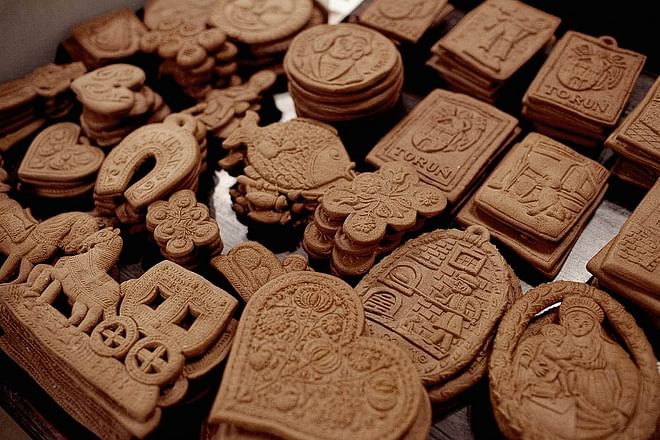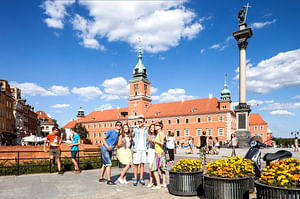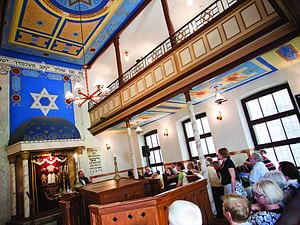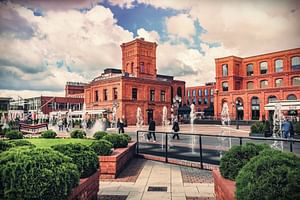Torun - City of Copernicus - PRIVATE (3h)
Torun, Poland
| Number of Travellers | Price Per Person (USD) |
|---|---|
| 1 | 170 |
| 2 | 87 |
| 3 | 59 |
| 4 | 43 |
| 5 | 35 |
| View All Prices | |
Part of our revenue from this experience
will go to a charity in the region
will go to a charity in the region
Featured Experiences

















